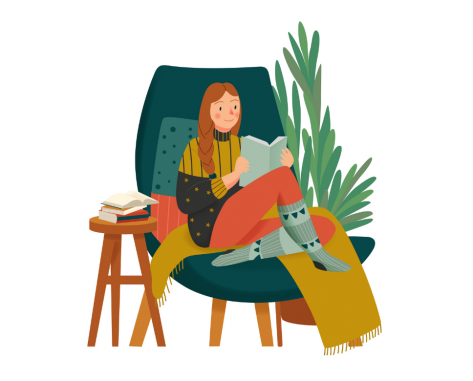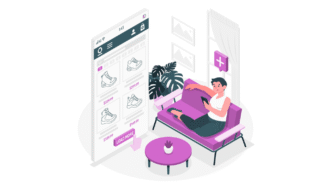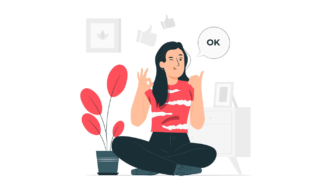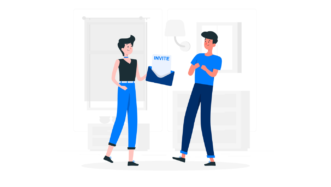LESSON OVERVIEW
In this lesson, students learn how to use the verbs look (like) and feel (like) and watch an ad for a shirt. They also do several A2 speaking activities, which gives them plenty of opportunities to talk about clothes.
A2 SPEAKING ACTIVITIES & GRAMMAR
At the beginning of the lesson, students describe clothes that people in two photographs are wearing. They also talk about the clothes from the photos that they like to wear. After that, students read six statements about the photos (e.g. The woman’s clothes look casual.) and decide if they agree with them or not. They also have to give explanations for their choices. After that, students move on to a short grammar section in which they decide when the verbs look and feel are followed by like. This part of the lesson ends with a controlled practice exercise in which students decide which of the eight given sentences should be completed with like (e.g. When I put on my pyjamas, I feel like the happiest person in the world.). Then, they discuss if the sentences are true for them and give some details.
VIDEO & PRACTICE
In this part of the lesson, students watch an ad for ‘the best shirt in the world’. Before the first viewing, they guess which things from the list will appear in the ad (e.g. a mirror, a washing machine), and give reasons for their guesses. Before the second viewing, students match sentence halves (e.g. You look casual, but feel professional.), after which they watch the video again and tick the sentences they hear in the ad. Students then move on to a speaking task in which they discuss what they saw in the ad. After that, they read a short text describing a situation, which leads them to the last of the A2 speaking activities in this lesson. They must choose two prompts from the list (e.g. Amy is going hiking.), and describe the situation using the language from the lesson (e.g. She feels like…, His clothes look like…). Finally, students present the situations they prepared to the class trying not to use their notes.
WORKSHEETS
Subscribe to unlock these and many other Standalone lesson lesson plans with the Unlimited plan
Subscribe













Excellent lesson for practicing for the PET exam photo task, they key grammar points are there in a nice simple lesson. Love to see lessons indirectly suitable for Cambridge exams!
Thanks Raul. Glad to hear the lesson is useful 🙂
I didn’t understand the 22 of the e-lesson. could you help me?
I’ve left an answer under your comment below. Good luck with the lesson! Hope your students enjoy it!
I didn’t understand the 11 and 12 of the lesson. could you help me? I understood it a little bit, but not to its max. Is there any other tip for me better use the lesson?
Hi Guivalette! Think of it as describing a photo. So if Amy is going hiking she is wearing hiking boots, or a cap. Her clothes look comfortable (I would definetely wear comfortable clothes for a hike). She looks happy (I would!) and feels like she can finally relax after a stressful week.
Encourage your students to use their imagination! Once they are ready, they can present the descriptions to the rest of the class. If they want an extra challenge, you could ask them not to read the descriptions, but say what they remember. Even if they forget some of the details, they will probably use the ‘feel/look like’ structures, so it will be a great recap for them 🙂
Hello, I did not understand slide 10, can you help me understand it a little better?
sorry, I meant slide number 6 !!
Hi! The aim here is for students to look at examples and figure out the rules so that they can use the structures themselves. In rule A they have to decide whether ‘look’ and ‘feel’ are followed by an adjective or a noun. Just by looking at the first example, they see that there is the adjective ‘casual’ after look, so the rule goes: ‘We use look and feel + adjective”. And the same goes for rule B. If students look at all examples of ‘look like’ and ‘feel like’, they will see that they are either followed by a noun (e.g. a person) or a ‘sentence’ (‘she has the best job in the world’).
I hope this helps.